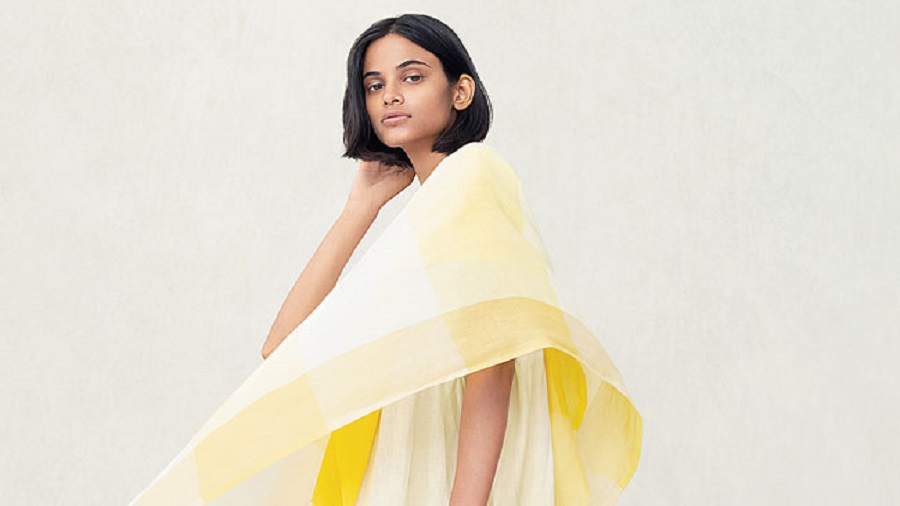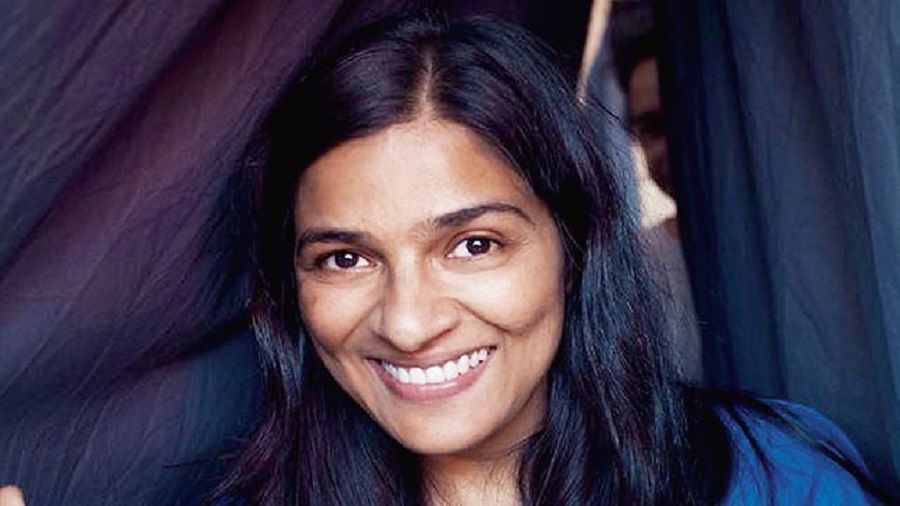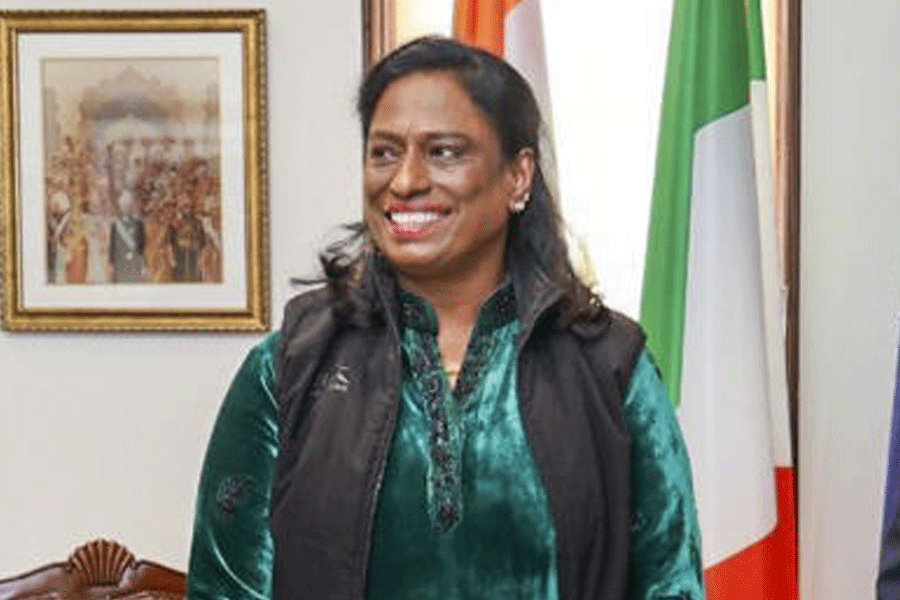A kurta is a kurta is a kurta. Not quite. One look at designer Rina Singh’s line of kurtas for UNIQLO’s 2020 Spring/Summer Kurta Collection, the fresh rawness and stark simplicity seems in sync with the spirit of decluttering, a predominant mood right now.
The Telegraph caught up with Rina on the collaboration.
How did the collaboration with UNIQLO happen?
For many years now, I have been retailing internationally with my brand and have been building a pulse on the customer landscape across demographics, their take on fit and the merits of design in terms of functionality and acceptability. During one of the design exhibitions we were showcasing at, I happened to meet the head of R&D at UNIQLO, Yuki Katsuta.
It was after a few brainstorming sessions and meetings that we decided to collaborate to push forth UNIQLO’s idea of LifeWear with a product that would be accessible for all. The kurta has been India’s day dress for years now — it is timeless, extremely democratic and functional, aligning it perfectly with the brand’s philosophy. It can be layered, worn with or without jackets, scarves or trousers. The possibilities were endless.

The kurta has been India’s day dress for years now — it is timeless, extremely democratic and functional.... It can be layered, worn with or without jackets, scarves or trousers. The possibilities were endless: Singh Sourced by the Telegraph
What were your first thoughts when this collaboration offer came about?
I feel that UNIQLO introducing this product around the time of their India launch last year was an intelligent understanding of consumer behaviour. Through this collection they aspired to create a line that embodies refined elegance and effortlessness for the progressive women, regardless of age, race, culture, or belief.
You are inspired by Amrita Sher-Gil’s paintings. What were your references? Do any of these paintings resonate with you on a personal level?
For our second Summer 2020 collection, I was inspired by Hungarian-Indian painter Amrita Sher-Gil. I believe that her modern interpretation of art, her personality, her take on India in a colour sensibility that brought together the East and the West were truly ahead of their time. While her painting style was influenced by European and Impressionist schools of thought, the projection of subjects and landscapes in her paintings kept her Indian sentiment alive.
Some of Sher-Gil’s popular artworks such as ‘The Three Girls’, ‘The Little Girl In Blue’ and self-portraits piqued our interest and will definitely resonate through this collection of dailywear essentials. The colour palette draws on the rich hues from her canvas and are complemented with hand-painted botanical motifs.
My effort was to visualise and create a modern-day wardrobe inspired by one of the greatest avant-garde artists of the 20th century and her pioneering take on portraiture.
How is this collection an extension of your DNA?
Through my previous collections, I have systematically worked towards introducing garments that are rooted and indigenous, whilst maintaining a contemporary and atypical look. From the very beginning of our association, there was a very distinctive synergy and clarity in the way UNIQLO and I collaborated.
The idea was to have a linear, simplistic and monotonal approach as opposed to the traditional treatment of kurta. Design adaptations were made to introduce the kurta as a wearable and universally adaptable day dress that could stand on its own anywhere in the world.
We like how you have deconstructed the definition of a ‘kurta’. Can you tell us a bit about your approach?
We envisioned a layered outfit that could be worn with other everyday coordinates across all age groups, be it a 50-year-old woman or a young girl at 24 years. Given its versatility with sizes, shapes and material, we believe that the UNIQLO kurta is a democratic shape that could be offered to women across the world and its innate functionality was a step in that direction.
Reflecting on our modern approach to tradition, we incorporated items with blends of Indian slub yarn rayon, linen, and other materials, and employed dobby weaves to replicate the handwoven feel. The collection was built with tunics, dresses, pants and stoles. We incorporated premium linen dresses that proved popular in the previous season in addition to summer gingham checks, solid linen, lightweight and airy, printed cotton voile and floral prints. Classic functional stripes are used for outerwear and trousers. Hues of yellow, pink, emerald were picked for a bright and energetic take on summerwear.
Fashion has always been minimal for you. Now more than ever, do you think, we need to adopt this approach?
I wouldn’t say that I dwell on minimalism, however I do emphasise on ‘less is more’ philosophy. In Indian design and textiles we do use an excess of colour, pattern, and rendering details, I try not to overdo each detail and I think that makes for the minimal element in my work. I also believe functionality is important. Anything irrelevant might not find a lot of space in people’s lives in the uncertain times we are living in… so design and fashion in particular will have to subscribe to relevance and functionality.
Who is this collection for?
This collection is made for a larger global audience. There are different styles based on one’s individual preference, and the idea is to incorporate these coordinates in your daily wardrobe, in the way you deem fit. For summer styling, I would recommend that these styles can be paired easily with everyday trousers or denim and coordinated with a summer jacket or scarf. One can also experiment with layering by wearing the buttoned shapes open with an easy trouser and a camisole top. Dresses can be styled with high-waist belts for those dressing up, and airy culottes underneath for those dressing down.











